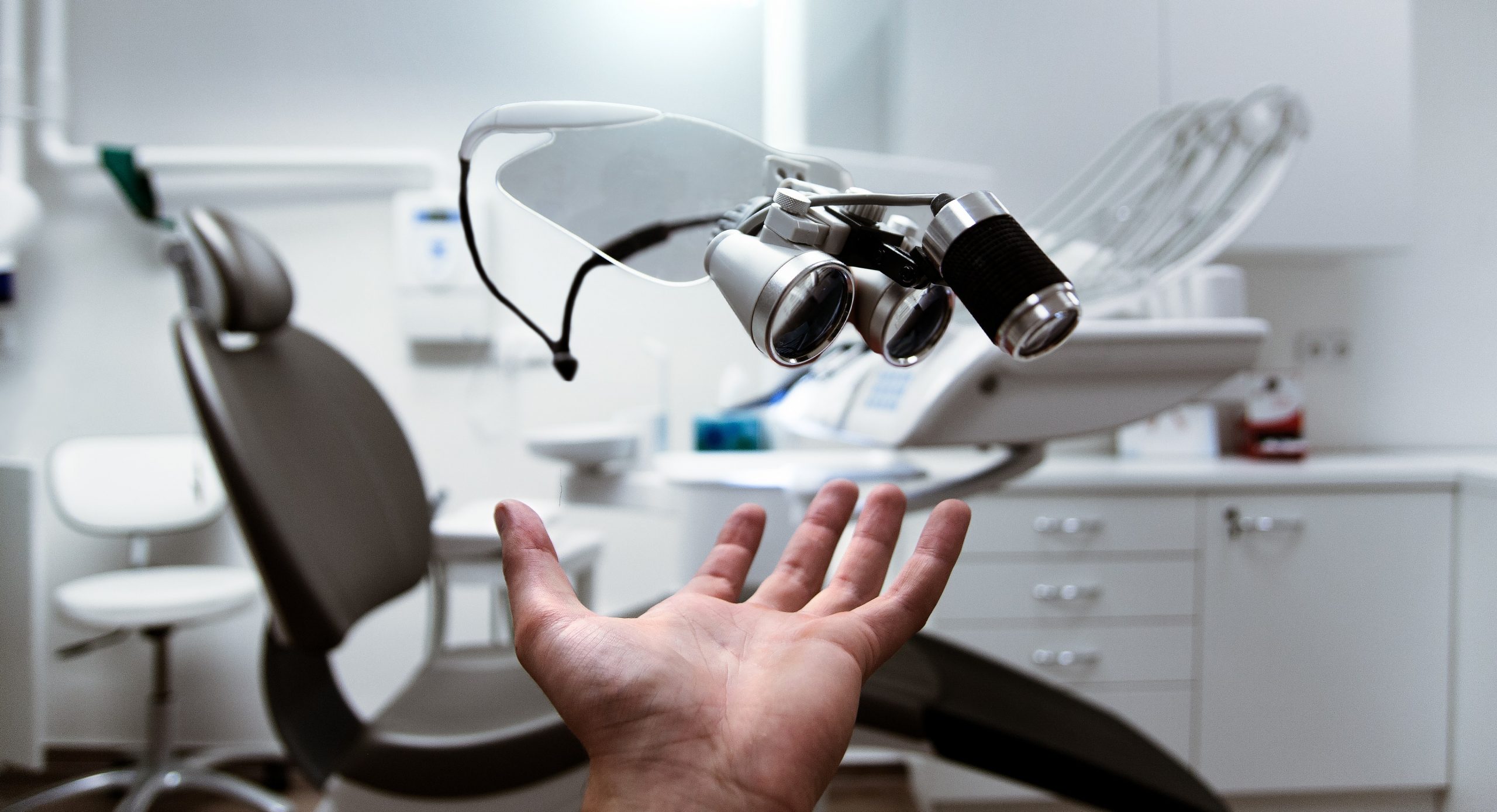With your Dental Plan you can:
Protect your smile in case of any accident.
Insure up to five people without age restriction in your family group.
Have assists without limits of use. Except the crown prosthesis that applies 1 time per term.
As the main insured, you are insured from the age of 18.
National coverage with a dental network in 55 cities of Colombia.
Receive international dental assistance in Ecuador, Peru, Chile, Panama, Costa Rica, Guatemala, Salvador, Nicaragua, Honduras and Italy.
Additional benefits and assistance
Virtual assists
- Teleodontology: It has unlimited virtual assistance for the insurance holder and his family group.
- Teleodontopediatría: It has a virtual assistance ilim ited for the insurance holder and his family.
- Telenutrición: It has a virtual assistance ili mitada for the insurance holder and his family.
Profits:
Chef (cooking tutorials): If you are the insurance holder or are part of their family group, you will be able to enjoy Colombian, international, vegan food and pastry tutorials, with 12 events during the validity of the policy.
Pharmacy discounts : If you are the owner of the insurance or make it part of your household, get a 10% discount on the total cost of the product. Remember that you can take a maximum of 4 units per reference and per purchase.
What do we cover?
Dental treatment for accidents : dental injuries caused by accidents, with an insured value of $ 5,000,000 that will be reimbursed to you.
Emergency dental care (accident or illness).
Dental assistance for accidents to third parties : if you, as the main insured, unintentionally cause an accident or trauma to a third party, the affected person will receive care with the treatments mentioned above.
In the event of an emergency, the following treatments will be covered, depending on the reason for the consultation:
Surgeries: such as tooth extractions.
Prosthetics : includes bonding of fixed crowns or bridges that have fallen, repair of dental prostheses and a porcelain metal crown resulting from an accident.
Periodontal : gum treatments.
Endodontics : procedures inside the teeth such as canals and whitening.
X-rays : those required to perform the treatments covered by the coverage.
What do we not cover?
Expenses that are not the result of a dental emergency, for example cosmetic treatments or dental fractures caused by eating food.
Exclusions from the coverage of Dental Treatments for Accidents:
Replacements of dental prostheses and / or implants and dental fractures caused by ingestion of food.
Exclusions from Emergency Dental Assistance:
- Treatments and / or controls for surgery , radiology, prosthodontics, periodontics, functional orthopedics of the jaws, orthodontics, endodontics, pediatric dentistry and any other not specifically contemplated in Section 2.
- Retreatment for single-root, double-root and multi-root procedures.
- Major surgical emergencies , caused by severe trauma involving jaw fractures or face, loss of calcified substance and teeth.
- General anesthesia or sedation in children and adults.
- Aesthetic treatments .
- Physical defects.
- Diseases and treatments of maxillofacial dystonias .
- Radiation therapy or chemotherapy .
- Any formulated medication necessary for the performance or as a complement to any of the procedures covered and not covered by this annex.
- Effects on third parties generated by fraud or under the influence of hallucinogenic substances .
Remember that at any time you can request to SURA that your insurance not be renewed or terminate it if you do not wish to continue with the protection it provides.
You will lose the protection of this insurance due to non-payment of the corresponding insurance premium, due to the breach of your obligations, due to impersonation of the policyholder, insured or family group entitled to receive assistance services; when you are linked to activities outside the Law.




